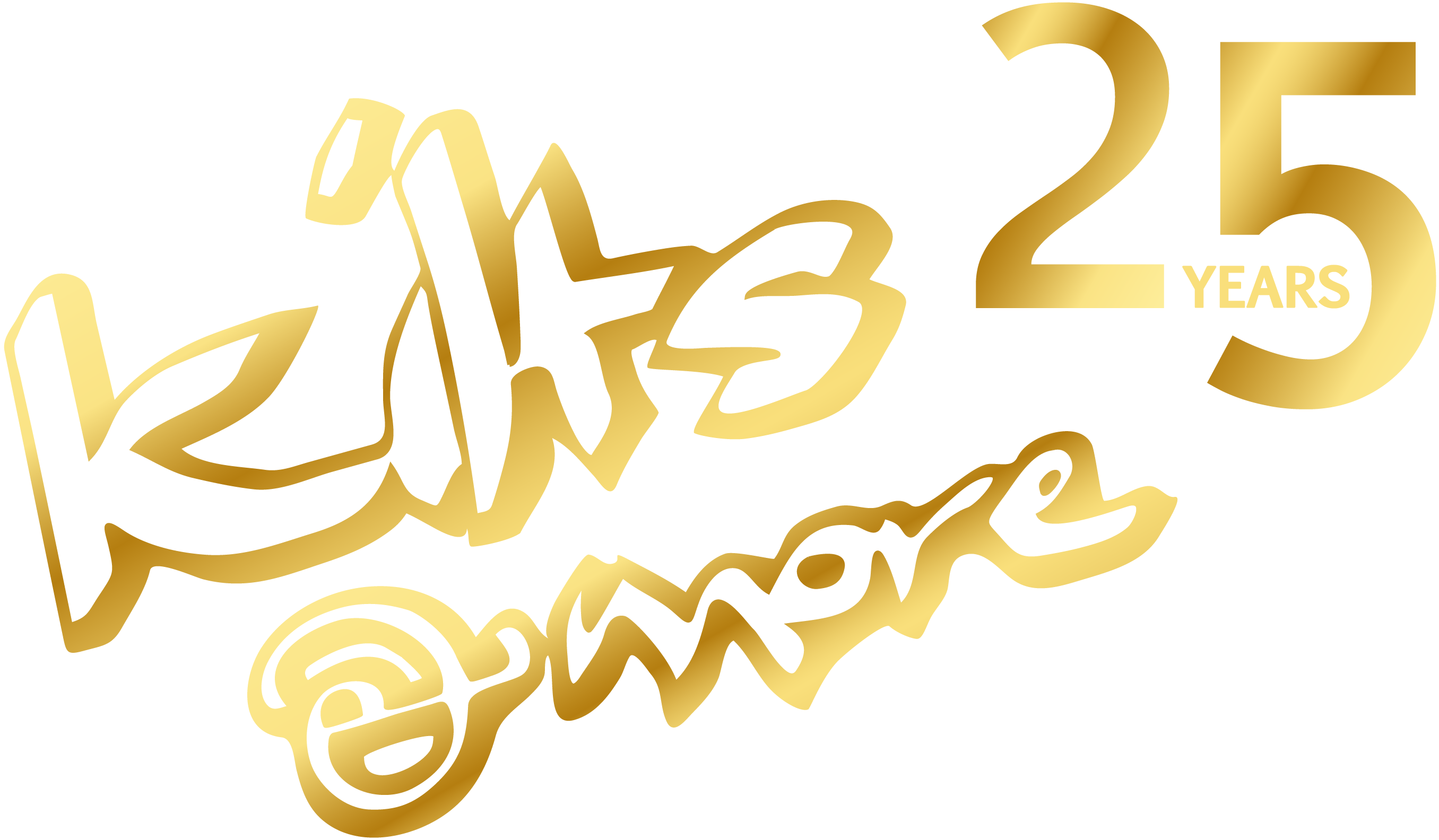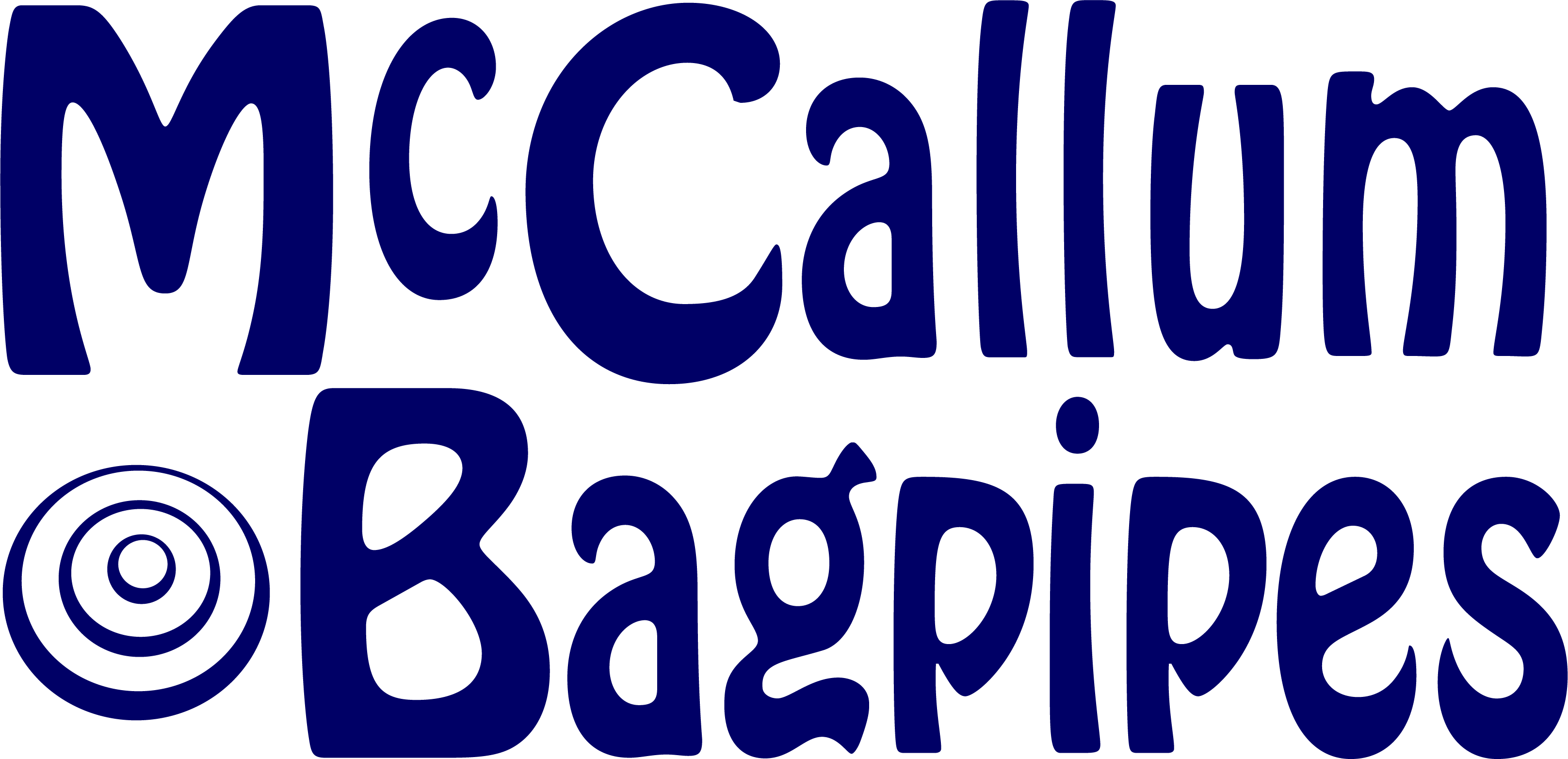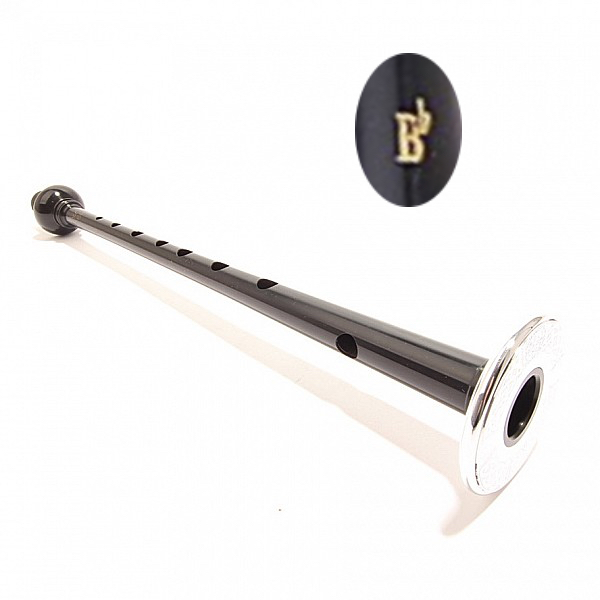VAT incl.: €198.00* VAT excl. : €166.39
Available, delivery time: in Kürze verfügbar
Product information "McCallum Bflat Polypenco Pipe Chanter with Sole - Victorian "
The McCallum CEOL B-flat Chanter is tuned for the concert pitch A = 440 Hz and has been specially designed for ensemble playing with other instruments such as wind bands, folk music, or orchestral music.
This B-flat chanter by McCallum is designed to produce a B-flat (Bb) note at 466 Hz when other instruments are set to the concert pitch A = 440 Hz. This allows the bagpipe to be in tune with these instruments.
McCallum Bagpipes has completely overhauled the chanter in several areas. A new internal diameter improves the sound and tuning stability. The reed seat has also been redesigned and optimised to ensure a precise response and stable play. Finally, McCallum has optimised the hole spacing to make gripping the notes easier. The holes are designed to be round to facilitate comfortable playing and improve finger positioning.
Whether you play in an orchestra, a folk band, or a wind band - the McCallum CEOL B-flat Chanter allows for precise tuning and easier ensemble playing with other instruments.
B♭ (B flat) bagpipes are designed to play at approximately 466 Hz, which corresponds to B♭ in concert pitch. This makes them ideal for playing together with orchestral or folk instruments tuned to A = 440 Hz.
In comparison, standard Highland bagpipes typically play much sharper, around 478 to 482 Hz. This is often referred to (inaccurately) as "A", but it actually lies somewhere between concert A and B♭, significantly higher than modern concert tuning.
When referring to B♭ bagpipes, pipers often use the term "flat", meaning they are about 10 to 15 Hz lower than standard bagpipe pitch. This lower pitch allows better integration with other instruments.
For simplicity, musicians commonly refer to B♭ bagpipes as being "at 440 Hz" to align with standard tuners, even though the actual pitch is 466 Hz. This is a practical convention used to avoid confusion when coordinating with non pipers or ensemble settings.
All products in this category, including B♭ chanters and flat drone reeds, are designed to match this lower tuning standard and are intended for use in concert or ensemble environments where tuning compatibility is essential.
Information for musicians playing with a B♭-chanter bagpipe (440 Hz):
When a piper uses a B♭-chanter tuned to A=440 Hz, the fundamental note of the chanter sounds one whole tone lower than a standard Highland bagpipe chanter. This means the pipe scale is based in B♭ major (concert pitch).
For brass band musicians:
- Most brass band instruments (trumpet, cornet, baritone, etc.) are already transposing instruments in B♭ or E♭, so they align naturally with a B♭-chanter.
- Standard brass band sheet music and concert pitch tuning (440 Hz) work well with this chanter.
- This allows smooth integration in joint performances, unlike traditional Highland pipes tuned much higher (e.g. 470 Hz).
For guitarists, keyboard players and others:
- The pipe scale is in B♭ major – accompaniment must be transposed accordingly.
- Guitarists can use a capo at the 3rd fret and play in G major to match B♭.
- Keyboardists should play or transpose into B♭ major (or G minor for modal tunes).
- Sheet music written for standard Highland pipes should be transposed one whole tone lower to match the B♭ chanter.
Example: A tune originally written in A mixolydian (standard pipe scale) will sound in G mixolydian on the B♭-chanter. To maintain harmony, accompanying musicians should also play in G mixolydian.





